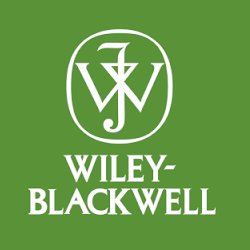5 | CONCLUSIONS, LIMITATIONS, AND FUTURE DIRECTIONS
As businesses continue to become more complex and global, growth and mergers create opportunities for businesses to paint financial pictures that meet expectations, but not reality. As auditors respond to new standards and regulatory requirements regarding their responsibility to detect material misstatements, the profession is further challenged to find a practical way to address and document the thought process of planning such engagements. Economics demands that auditors seek a level of work that demonstrates professional standards, and is both efficient and risk sensitive. The historical and continuing number of litigations and inspection and peer review issues encourage the search for better solutions to this significant and widespread issue.
To date, there has been limited guidance available to auditors to assist in the quantitative aspects of planning the component audit. Auditors have long struggled with the issue of how to control audit costs, while performing sufficient verification to ensure that risk of material misstatement is controlled. The availability of guidance to assist professional judgment in the audit planning phase should help auditors to demonstrate the reasonableness of the work performed, and to document and communicate the factors of audit judgment that were used in planning. Setting the scope of components to be audited is especially important when demonstrating low audit risk in an environment where a large number of audit components exist, and when data and supporting evidence are not accessible in a central location. In many entities with many components, evidence supporting the component financial statements needs to be gathered at the component site. The method illustrated for controlling selection and detection risk may be helpful in this process, by providing guidance in setting minimum number of audit components and extent of procedures to be performed at the component level to achieve a desired level of audit assurance.








